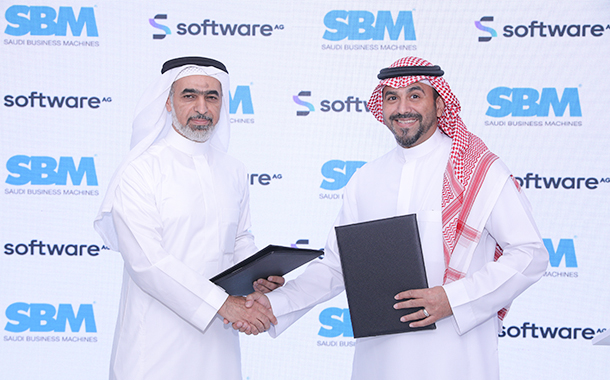Operating fine-tuned machines located in harsh, remote environments is not for the faint-hearted, but the Internet of Things can make it easier. Wind power is a great example of this. Imagine giant turbines sitting offshore. Every day there are potential hazards – wind, waves, heat, cold. Hardware can be damaged, sensitive electronics destroyed, resulting in customers being deprived of reliable power.
Manufacturers can transition from equipment sales to equipment-as-a-service business models
There are some lessons to be learned from this industry. IoT remote monitoring is already being used for connected equipment to deliver greater efficiency, cost performance, uptime, and customer value. So, what can equipment makers in other industries who want to make smart, connected products learn from their success? Forrester outlines three of them for industrial IoT.
#1 Communicating with remote assets
Wind power is an extreme example, most industrial facilities are not located dozens of miles offshore. Factories may be closer, but it is impractical to connect hundreds or thousands of sensors to the cloud for collecting and analysing the data. Instead, processing data on the edge, close to the source of information, reduces latency, increases security and cuts networking costs. IoT edge computing is the key to fast analytics, no matter where your asset is located.
#2 Integrating hardware with software
Information technology, the domain of enterprise systems and data processing, and operational technology, which manages and controls industrial operations in near-real time, are two very distinct environments in a factory. Bridging that IT-OT gap can generate deeper insights from IoT edge data and take actions to deliver better services. IoT application and data integration is key to generate the most value from industrial IoT.
#3 Above asset management
While it is true that most smart equipment makers start with remote monitoring to learn how products are being used, Industrial IoT can deliver value far beyond that. From there, predictive maintenance is a natural next step by analysing the data from IoT remote monitoring including applying machine learning to anticipate problems before they arise and reduce downtime for customers.
Customers see reduced up-front expenses and costs that scale with their needs
And, with overall equipment effectiveness, smart machine makers can deliver the trusted standard for measuring machine availability, performance and quality. But that is just the start. As they climb the IoT maturity curve, they can differentiate their products through new services and performance.
At the height of this IoT maturity curve, manufacturers can transition from equipment sales to equipment-as-a-service, EaaS business models. Customers see reduced up-front expenses and costs that scale with their needs, manufacturers can build a longer-term relationship that includes high-margin services. The Roi for smart products starts here and many customers are moving up the IoT maturity curve.
Manufacturers can build a longer-term relationship that includes high-margin services
Nordex, one of the world’s largest wind turbine manufacturers, is using IoT remote monitoring at the edge to improve real-time operations at its wind farms. With a platform that enables it to manage up to 5,000 real-time parameters, it can monitor, gather, and process real-time data, and remotely manage equipment. It has been able to cut the cost of energy by 2% through minimisation of operations and maintenance and increase total annual energy production by 1-2%.
Dürr, which makes, and services robotic paint stations used by major vehicle manufacturers, is using IoT at the edge to seamlessly record all data from the automotive painting process. With this approach it is reducing errors, lowering manufacturing costs, and accelerating the speed of decision-making.
The Roi for smart products starts here and many customers are moving up the IoT maturity curve
SMC, which specialises in manufacturing pneumatic equipment for manufacturers, is using IoT at the edge to deliver predictive maintenance and real-time insights. With smart field analytics, SMC can deliver the granular data that its customers demand and help them achieve their sustainability, money saving, and efficiency goals, plus much more.
IoT remote monitoring is already being used for connected sustainable equipment, so what can equipment makers in other industries learn from their success.



















